Story Poles on Carpinteria Bluffs Reignite Concerns over Proposed 99-Room Resort and Farmhouse
Community Plans to Fight Proposal, While Developers Say Project Would Make 14 Acres of Privately Owned Property Available for Public Use
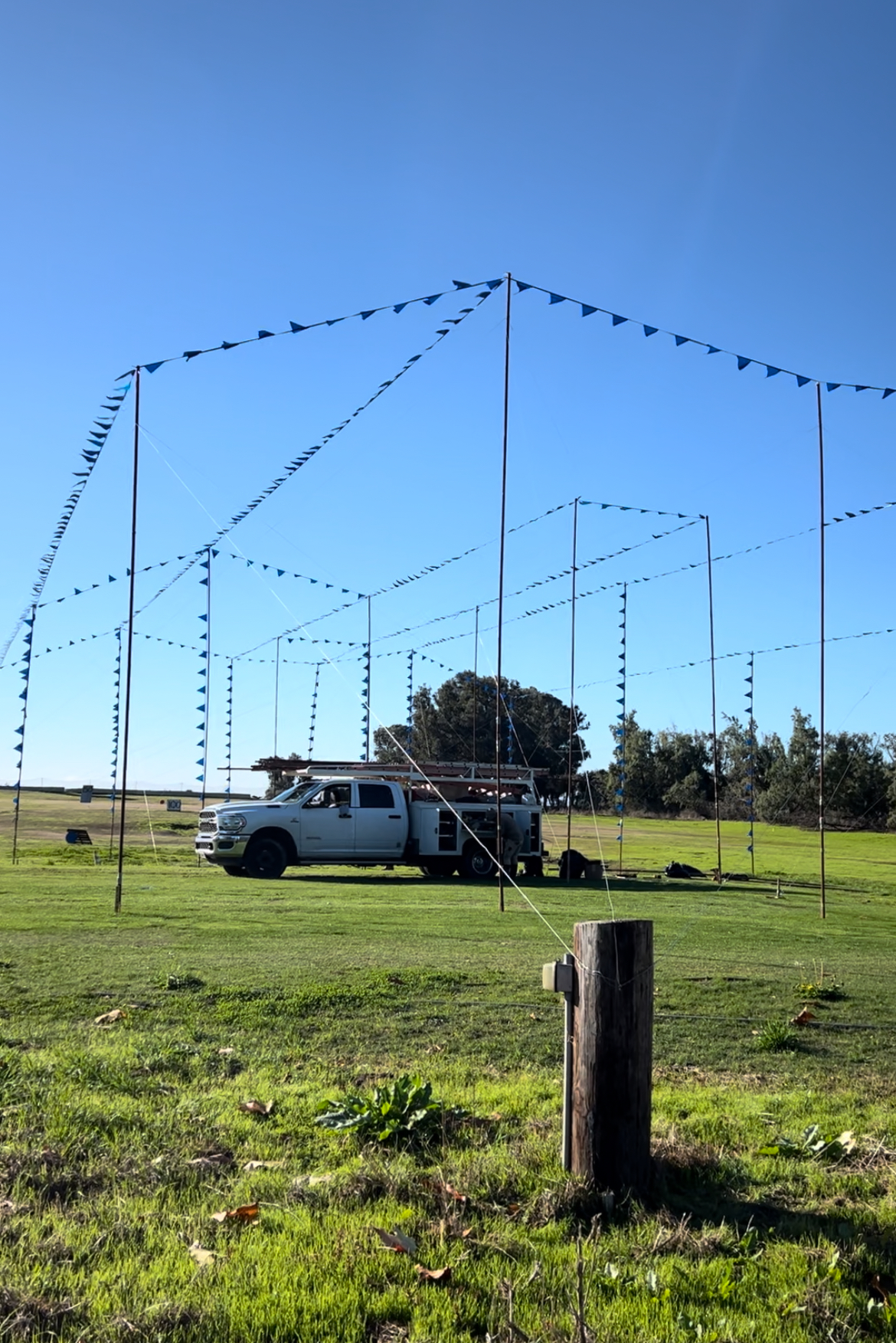
Story poles erected on the Carpinteria bluffs have reignited a long-burning fire in the community.
They represent a proposed 27-acre development — dozens of buildings that would spring up from the coastline’s green open spaces — between the Nature Preserve and the Carpinteria Skate Park, currently occupied by a driving range, farmland, and the seal rookery overlook.
Tentatively titled the Carpinteria Farm Preserve & Bungalows Project, the latest proposal includes a 99-room resort — featuring two swimming pools, an event center, restaurant, and a farmhouse — spanning 121,411 square feet, as well as a neighboring complex of 40 affordable apartment units. And, of course, requisite parking spaces (including an underground garage).
The project is led by property owners Christopher Carlin and Matthew Goodwin of Carp Partners, LLC — Goodwin is also the creator of Surfrider Hotel in Malibu — with Suzanne Elledge Planning and Permitting Services.

But some would like to see the development end with the story poles. Many community members are vehemently opposed to any sort of development encroaching on the place they “literally put pennies in jars for, trying to save up to buy it.”
At least, that’s how Patrick Crooks, president of Citizens for Carpinteria Bluffs, described it. Crooks grew up in Carpinteria and was in middle school when the community acquired the Carpinteria Bluffs Nature Preserve in the 1990s.
And Carpinteria kids really did scrounge up all their loose change to help “save the bluffs.” A number of them, like Crooks, still live in the community.
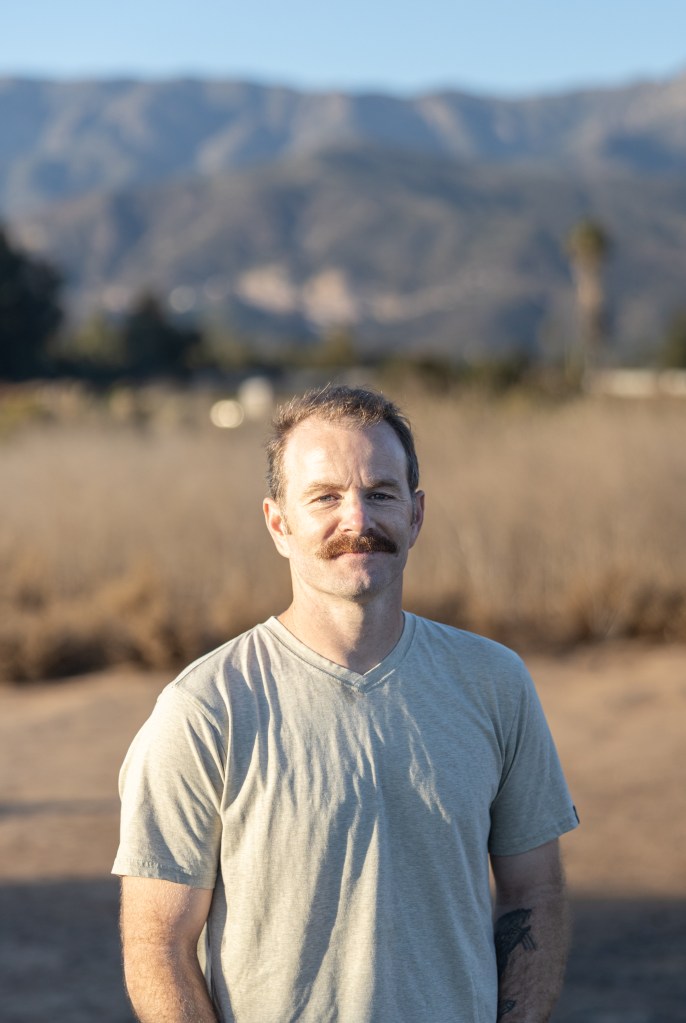
The bluffs have an extensive history of community stewardship, going back more than 30 years, which has snuffed out development attempts in the past. The most recent, in 2015, ended in the wake of community backlash.
Julia Mayer, another longtime Carp local and owner of Dune Coffee, said that she and her fellow defenders of the bluffs are “not anti-development” but “were raised with an awareness that our coastal areas are such a precious thing.”
“We need to protect the natural spaces we have left,” she said. “If this is allowed to happen, it would never be returned to what it once was.”
However, Goodwin and Carlin explained that their plan is far different from previous proposals — as in, more sustainable, more considerate of the space, and on a much smaller scale than what the property is zoned for.
Basically, they say, it’s not as big and bad as it could be.
“All those other projects wanted to take up nearly every square inch of the property,” Goodwin said. “We felt that never really made sense for that site.”
While many Carpinterians disapprove, other locals are “surprised to see how much open space is being created through this project,” and like the project’s “very unique character that’s specific to Carpinteria,” Goodwin chimed.
Admittedly, it does sound good on paper.
Following a “low-density approach,” they’d utilize only 10 percent for building area, primarily consisting of single-story buildings. (Local zoning, on the other hand, allows for 30 percent building area and a height limit of three stories.)
Of the other 90 percent, 71 percent would be for landscape and agricultural areas, and 18 percent would be for hardscape — walking paths, wood decks, roadways, and parking areas.
Roughly 14 acres of public open space and agricultural farmland would be created and protected by a conservation easement, expanding the Bluffs Preserve by about 13 percent, according to the property owners.
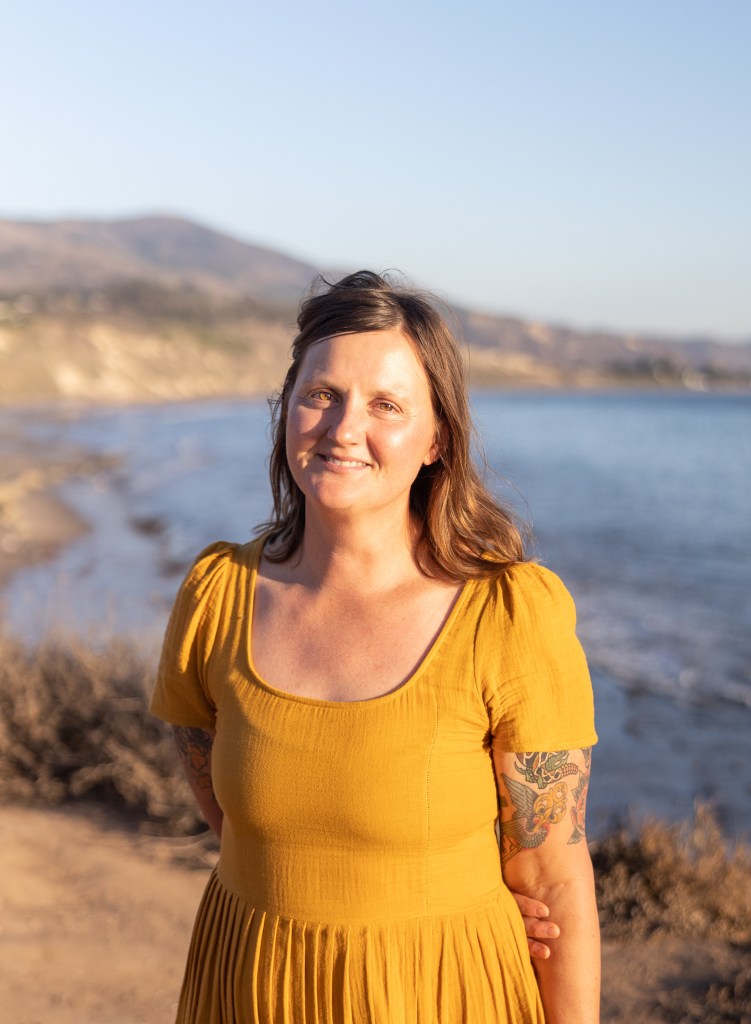
That easement would ensure no future development can occur and include an endowment fund for continued management of those spaces. Additionally, the proposal promises to protect key view corridors and restore and preserve native habitat and soil (including cultivating indigenous plants like milkweed and sage, as well as oak trees, shrubs, and grasses).
Natural vegetation buffers would help reduce proximity to the Bluffs Preserve and prevent further bluffs erosion, a new public lookout for the Seal Rookery would be created, and a new 20-foot coastal trail would provide the “missing link” to connect the bluff’s coastal trail system.
It’s all meant to create a “quiet retreat” that “blends in with the natural mosaic of the landscape,” Goodwin explained, including architecture based on a coastal farm/cottage aesthetic that incorporates sustainable building materials, solar panels, and gray water recapture systems. A stay would be priced at around $399 to $1,000 a night.
“We’re not having, like, slip-and-slide pools and a bunch of bars and restaurants,” he said. “We’re effectively the opposite of the Miramar or the Bacara — that’s not getting talked about very much.”
That’s not to mention the 40 units of desperately needed affordable housing, managed by the People’s Self-Help Housing group.

Still, the Citizens for Carpinteria Bluffs are not convinced. Crooks admitted that “it’s a real offer” to make 14 acres of privately owned property available for public use. “But more parking lots?” he added with a slight sigh, “A resort? It’s a major development.”
To bring what he called “so much construction and commercial activity to the Carpinteria Bluffs,” he thinks would ultimately push Carpinteria “further away from being a town that you can raise a family in.”
Both he and Mayer emphasized that the development is against the values outlined in the city’s own general plan, which states that the Carpinteria Bluffs are the “last remaining coastal open space” within Santa Barbara County.
Crooks continued, “the land is already preserved … if you build on that property, the natural resources and beauty are lost forever.”
The Citizens for Carpinteria Bluffs plan to present their case against the proposed development — to put it simply, “Do it somewhere else” — at the Architectural Review Board’s preliminary review hearing for the project on January 25.
No matter how the hearing goes, there are still multiple layers of red tape — including an Environmental Impact Report and further review by the Planning Commission, Carpinteria City Council, and California Coastal Commission — standing in the way of any solid walls being built on the bluffs.
The developers wanted to get off on the right foot. From the beginning, Goodwin said, they’ve cleaned up the land by “removing all old junk, debris, metal, plastics, and other trash” and began “slowly restoring the land with farming operations.”
They’ve even gone as far to create their own Draft EIR study “to get ahead of all issues so that we could design against them.”
But Mayer said she is optimistic that it could all end with the ARB hearing, “based on historical precedent.”
“I will fight in any way I can to keep this land safe,” she said. “In such fractured times, sometimes all we can do is take care of what’s right in front of us.”
City of Carpinteria Architectural Review Board Hearing for the Bluffs Resort Project is scheduled for Thursday, January 25, at 5:30 p.m. at Carpinteria City Hall.
Premier Events
Thu, May 02
5:00 PM
Santa Barbara
Things with Wings at Art & Soul
Sat, May 04
10:00 AM
Lompoc
RocketTown Comic Con 2024
Wed, May 01
7:30 PM
Santa Barbara
American Theatre Guild Presents “Come From Away”
Thu, May 02
5:00 PM
Santa Barbara
100th Birthday Tribute for James Galanos
Thu, May 02
5:00 PM
Santa Barbara
Meet the Creator of The Caregiver Oracle Deck
Fri, May 03
4:00 PM
Santa Barbara
Santa Barbara Fair+Expo “Double Thrill Double Fun”
Fri, May 03
8:00 PM
Santa barbara
Performance by Marca MP
Sat, May 04
10:00 AM
Solvang
Touch A Truck
Sat, May 04
11:00 AM
Santa Barbara
Mental Wellness Center’s 28th Annual Arts Faire
Sat, May 04
11:00 AM
Santa Barbara
Community History Day
Sat, May 04
3:00 PM
Solvang
The SYV Chorale Presents Disney Magic Concert
Sat, May 04
7:00 PM
Santa Barbara
A Star Wars Cantina Celebration: Renegades, Rebels, and Rogues
Thu, May 02 5:00 PM
Santa Barbara
Things with Wings at Art & Soul
Sat, May 04 10:00 AM
Lompoc
RocketTown Comic Con 2024
Wed, May 01 7:30 PM
Santa Barbara
American Theatre Guild Presents “Come From Away”
Thu, May 02 5:00 PM
Santa Barbara
100th Birthday Tribute for James Galanos
Thu, May 02 5:00 PM
Santa Barbara
Meet the Creator of The Caregiver Oracle Deck
Fri, May 03 4:00 PM
Santa Barbara
Santa Barbara Fair+Expo “Double Thrill Double Fun”
Fri, May 03 8:00 PM
Santa barbara
Performance by Marca MP
Sat, May 04 10:00 AM
Solvang
Touch A Truck
Sat, May 04 11:00 AM
Santa Barbara
Mental Wellness Center’s 28th Annual Arts Faire
Sat, May 04 11:00 AM
Santa Barbara
Community History Day
Sat, May 04 3:00 PM
Solvang
The SYV Chorale Presents Disney Magic Concert
Sat, May 04 7:00 PM
Santa Barbara

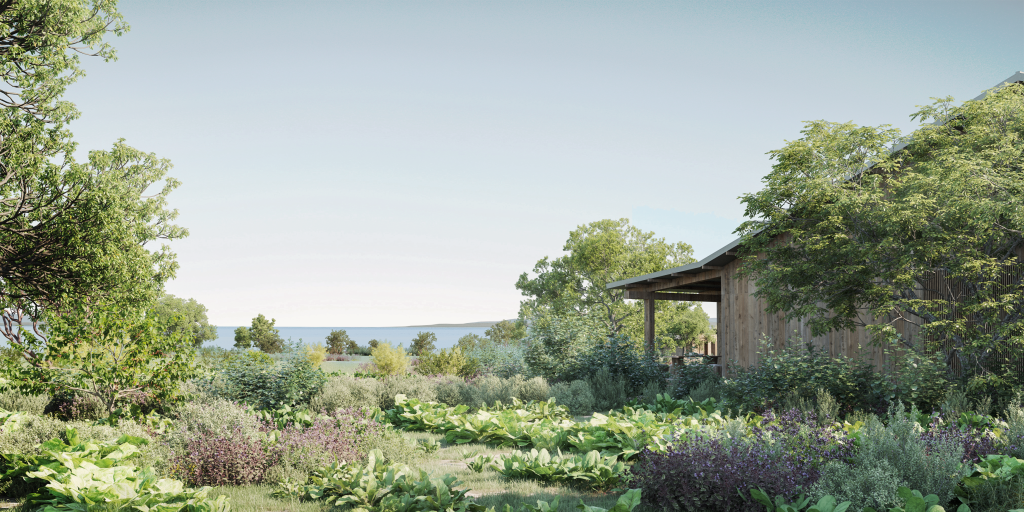
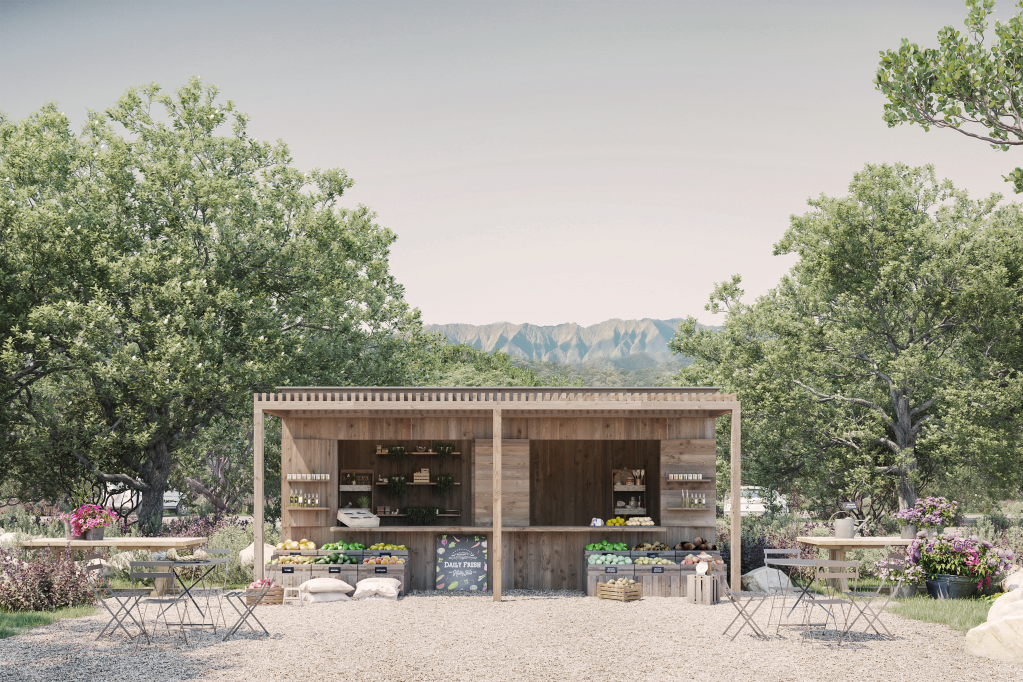
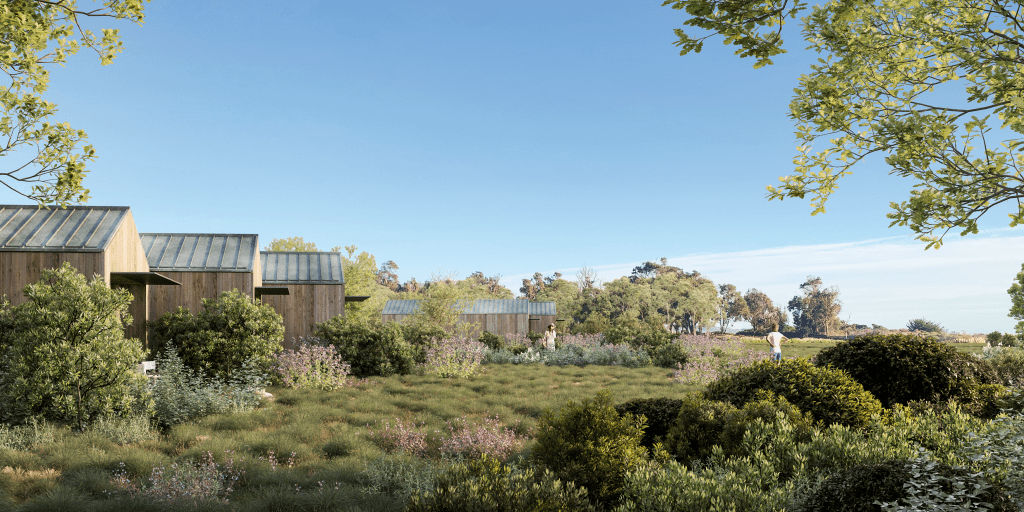


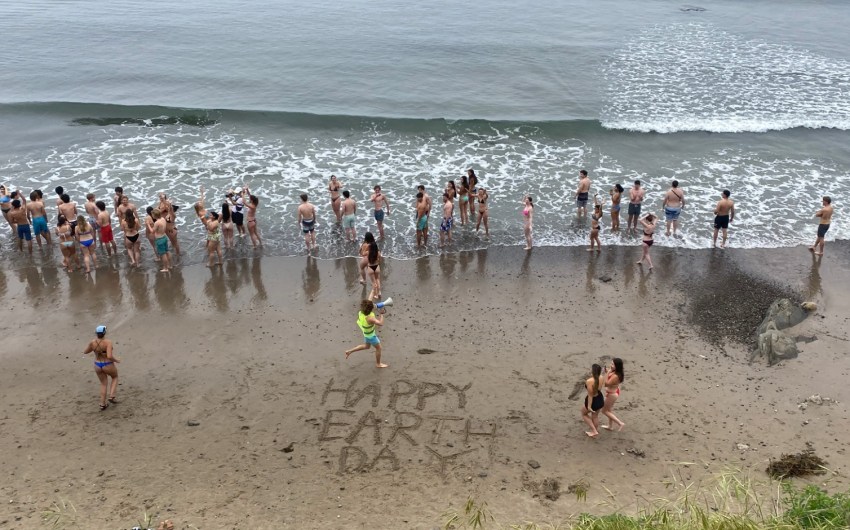





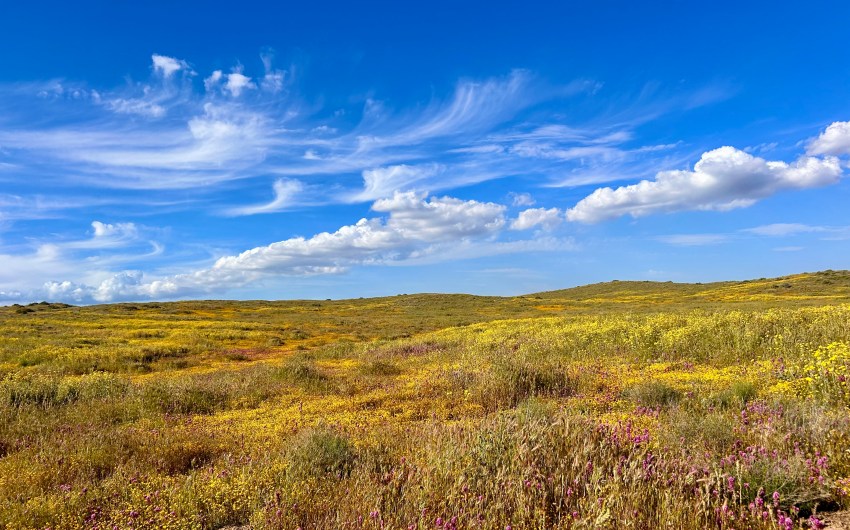
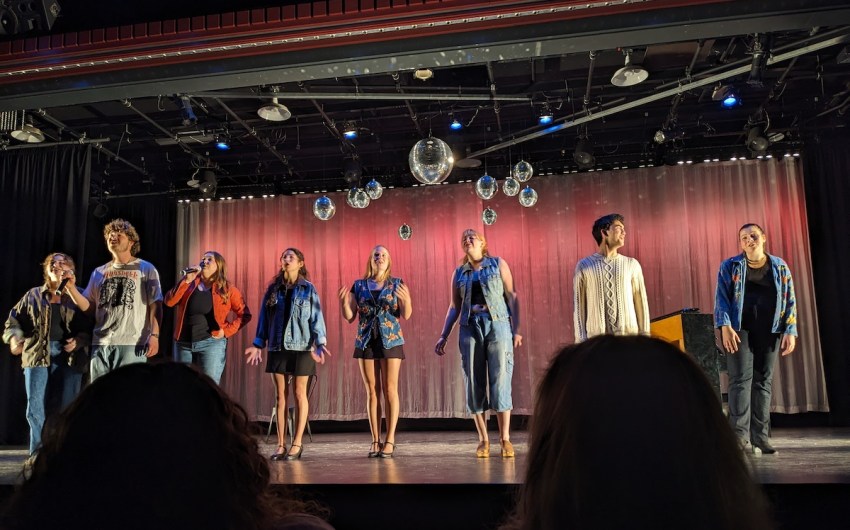














You must be logged in to post a comment.